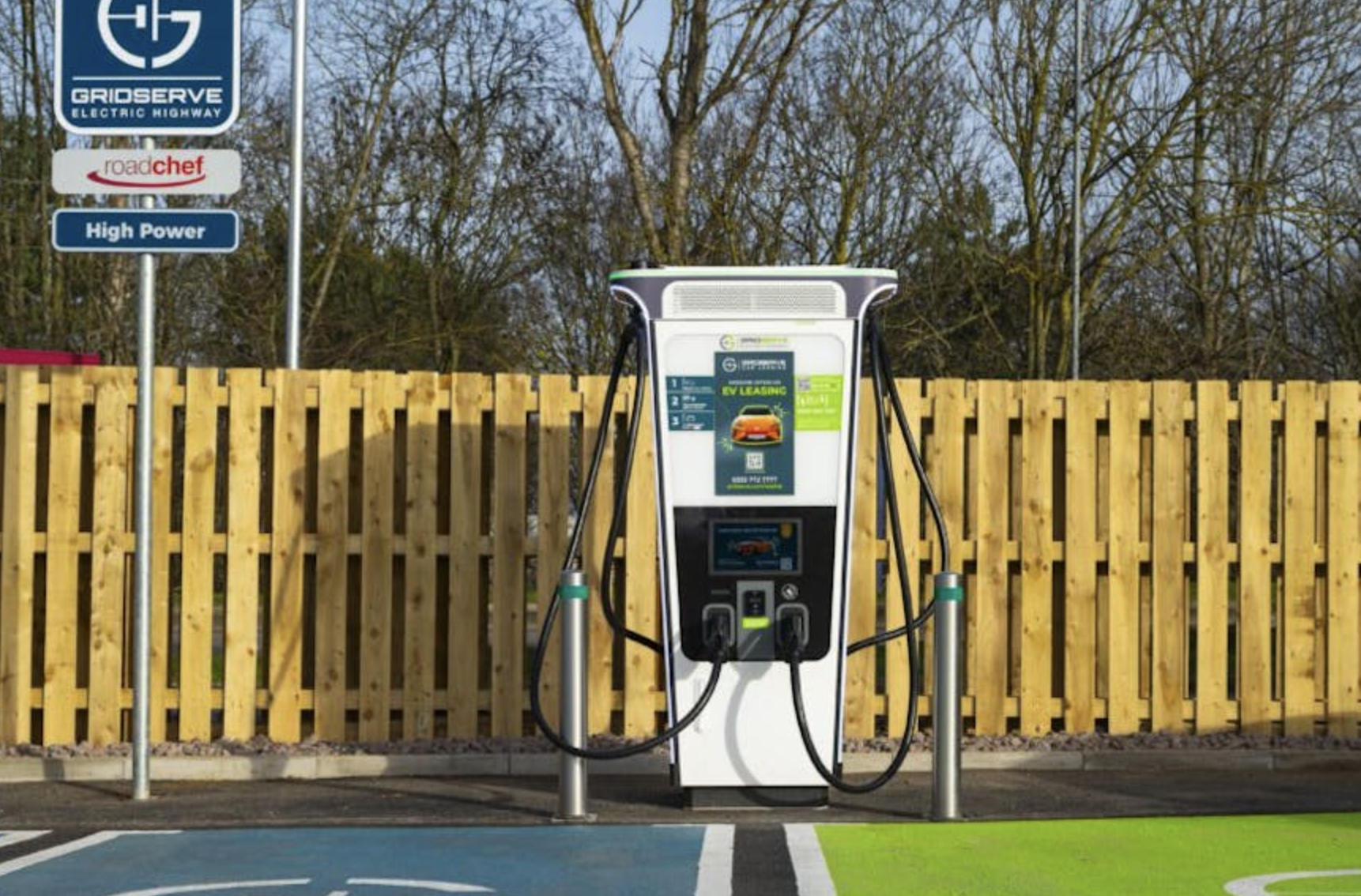Electric and hybrid car sales are set to hit record levels in 2024, driven by a global push towards greener transportation. Europe is at the forefront of this movement, rapidly expanding its electric vehicle (EV) infrastructure, which has tripled in the last three years according to Transport & Environment (T&E). Despite this progress and growing consumer interest, Britain appears to be lagging behind some of its European counterparts.
In the race towards a sustainable future, the disparity between Britain and its European neighbours raises critical questions. Despite similar levels of technological advancement and consumer awareness, why is the UK not keeping pace with the Nordic region and countries like Germany and the Netherlands in its green energy transition? The challenges are multifaceted, encompassing infrastructural, regulatory, and financial barriers. Yet, Britain’s progress towards net zero emissions doesn’t have to stall. By examining the successes and strategies of specific European nations, the UK can find actionable insights to accelerate its EV adoption.
Challenges roadblocking Britain’s green energy transition
Several challenges are hindering Britain’s progress in the green energy transition. One significant issue is the lack of comprehensive and cohesive government policies to support EV adoption. While various incentives and grants exist, they often fall short of creating a compelling case for consumers to switch from internal combustion engine (ICE) vehicles to electric ones. Additionally, the historically slow rollout of charging infrastructure has contributed to range anxiety among potential EV buyers, further deterring them from making the switch.
By examining the successes and strategies of specific European nations, the UK can find actionable insights to accelerate its EV adoption
Moreover, the high upfront costs of EVs remain a barrier. Although prices are gradually decreasing, they are still relatively high compared to traditional vehicles. This financial hurdle, coupled with uncertainty about the longevity and reliability of battery technology, makes many Brits hesitant to invest in EVs. Addressing these challenges requires robust policy interventions, increased investment in infrastructure, and public awareness campaigns to build confidence in the benefits of EVs.
The key to Europe’s EV success
Europe’s success in EV adoption can be attributed to a customer-centric approach that prioritises both quality and quantity of services. Countries like Norway, Germany, and the Netherlands have implemented extensive support systems for EV owners, including substantial subsidies, tax benefits, and non-monetary incentives such as access to bus lanes and free parking. These measures not only make EVs financially attractive but also enhance the overall ownership experience.
Furthermore, European countries have focused on ensuring that charging stations are widespread and easily accessible. This investment has alleviated consumer concerns about range and battery life. In 2022, 57% of battery electric cars on the market had a driving range of over 385km on a single charge, and over 90% could travel more than 235km. This extensive infrastructure, coupled with a variety of EV models catering to different needs and preferences, has played a crucial role in driving adoption. By learning from these strategies, Britain can create a more appealing environment for EV ownership.
Reliable, fast, plug-and-play charging
To make EV ownership more appealing and facilitate the transition from ICE vehicles, it’s crucial to develop a reliable, fast, and user-friendly charging network. Europe has made significant strides in this area by investing in high-speed charging stations and ensuring their widespread availability. A key example is the EU’s law requiring fast-charging stations to be installed every 60 kilometres along highways by the end of 2025. This focus on infrastructure aims to make the charging experience as seamless and convenient as possible, addressing key issues such as duration per charge and the ease of charging.

For Britain to catch up, a similar approach is needed. This includes standardising charging interfaces to make them plug-and-play, enhancing the speed and reliability of chargers, and strategically placing charging stations to ensure convenience for all users. Collaboration between government, automotive manufacturers, and energy companies will be crucial in creating an integrated and accessible charging network that meets the needs of current and future EV drivers. By focusing on these areas, Britain can make the charging experience effortless, encouraging more drivers to switch to EVs.
The power of partnerships
Partnerships play a pivotal role in accelerating EV accessibility and adoption. In Europe, collaborations between governments, private companies, and non-profit organisations have been instrumental in developing EV infrastructure and promoting electric mobility. These partnerships leverage the strengths and resources of different stakeholders to drive innovation and scale up EV solutions.
In Britain, fostering similar collaborations can help overcome existing barriers and fast-track the transition to EVs. Joint ventures between automotive companies and energy providers can lead to the creation of more efficient charging networks, while partnerships with technology firms can enhance the digital infrastructure needed for smart charging solutions. By working together, stakeholders can create a supportive ecosystem that encourages EV adoption and contributes to the country’s net zero goals.
Looking ahead
Britain’s progress towards a green energy transition is currently falling behind its European counterparts in some aspects. However, both markets face shared challenges, such as the need for more robust policy frameworks, public awareness campaigns, and investments in infrastructure. At the same time, there are successes in each region that can serve as models for the other. Europe’s extensive support systems for EV owners contrast with its challenges in ensuring widespread access to fast-charging infrastructure, while Britain’s potential lies in leveraging its technological innovation and agile regulatory environment.
By recognising these nuances and learning from both successes and challenges, Britain can chart a course towards accelerated EV adoption and sustainable mobility. Implementing best practices from Europe, while tailoring strategies to address local barriers, will not only reduce emissions but also ensure a smoother and more efficient transition to EVs for all Britons.
About the author: Sajid Yacoob is Director of EV and Renewables at Roadchef

